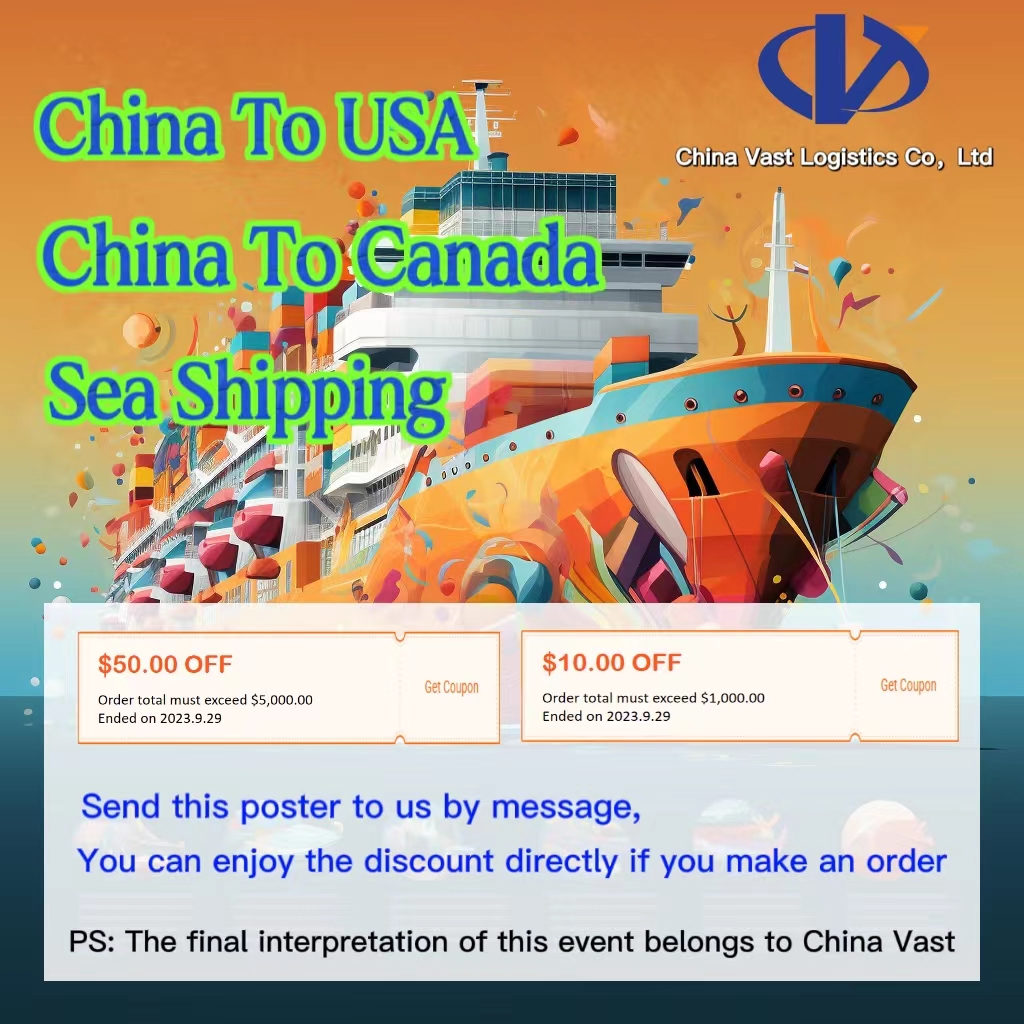Small issues can turn a smooth release into inspection and delay.
Customs risk control is now rule‑based and data‑driven. Systems compare your goods – documents – payment – contract – logistics. If something breaks the chain, you get attention. Below are common triggers and what to do.
I. Trade Background Triggers
1) Name/party mismatch
- What it looks like: Contract party, invoice header, exporter on declaration, and payer are different with no clear reason.
- Why it triggers: The chain “goods–invoice–payment–contract–logistics” looks broken.
- What to do: Keep them aligned. If different parties are required, prepare a clear mandate and rationale (POA, service agreement, funds trail). Do a quick party check pre‑shipment.
2) Abnormal value or INCOTERMS mismatch
- What it looks like: Declared value far from market; INCOTERMS on docs and value basis don’t match.
- What to do: Anchor value to contract + payment proofs; make value basis consistent with the INCOTERM (e.g., CIF includes freight/insurance).
3) Trading pattern doesn’t fit the goods/value
- What it looks like: Frequent INCOTERMS changes; unusual invoice split; scattered shipments.
- What to do: Provide commercial rationale; run a compliance review for big/sensitive lots.
II. Classification & Data Elements
4) Vague description / missing elements
- What it looks like: Only “parts/accessories” with no function, material, power, composition, spec.
- What to do: Use function + key material/process + model/spec. Build a checklist per HS with evidence (manual/test/photo).
5) Unstable HS code
- What it looks like: Same SKU uses different HS at different ports; legacy code reused.
- What to do: Keep a classification memo (legal notes, parameters, comparables). Seek pre‑classification for special goods.
III. Quantity & Packaging
6) Unit/quantity conversion issues
- What it looks like: PL shows “cartons/sets”, declaration shows “pieces” with no conversion; inner/outer counts don’t reconcile.
- What to do: Standardize once: PI/Invoice/PL/declaration units and conversion table.
7) Packaging that breaks under inspection
- What it looks like: Mixed LCL, temporary labels, CN/EN label versions not aligned.
- What to do: Keep key parameters consistent across box/inner/declared data; control label versions.
IV. Origin & Certificates
8) Origin story unclear
- What it looks like: Claiming CN but inputs are cross‑border; weak evidence for preferences.
- What to do: Map origin rules and process early; prepare BOM/steps/value‑add proofs.
9) Certificates at the wrong time
- What it looks like: CE/RoHS/UL, battery MSDS, wood packing, phyto/vet docs prepared after departure.
- What to do: Build a destination checklist; include key certificates in pre‑shipment acceptance and archive digitally.
V. Destination Requirements & Authorizations
10) Missing EORI/VAT/POA or unclear broker mandate
- What it looks like: No EORI/VAT; POA not compliant; agent’s authorization chain unclear.
- What to do: Prepare a destination dossier (EORI/VAT/POA/agent docs) and confirm with local broker before shipment.
Pre‑shipment 60‑second checklist
- Names & funds aligned (contract/invoice/payment)
- HS + data elements backed by evidence
- Value basis = INCOTERM; matches payment
- Units/qty consistent across PL/labels/declaration
- Origin & certificates verified early
- Destination IDs/authorizations ready
- One continuous, auditable document trail
How Vastlog helps
We don’t use gray routes. We design transparent, verifiable export paths:
- Compliance review (docs chain, INCOTERMS, HS, destination)
- Licensed export / authorized declaration with mandate
- Multi‑port strategies to balance time, cost, risk
- Destination clearance coordination (certs, registrations, POA)
- Bilingual coordination and full document visibility
Contact
🌐 www.vastlog.com 📧 info@vastlog.com 📱 +86 137 8068 5000

